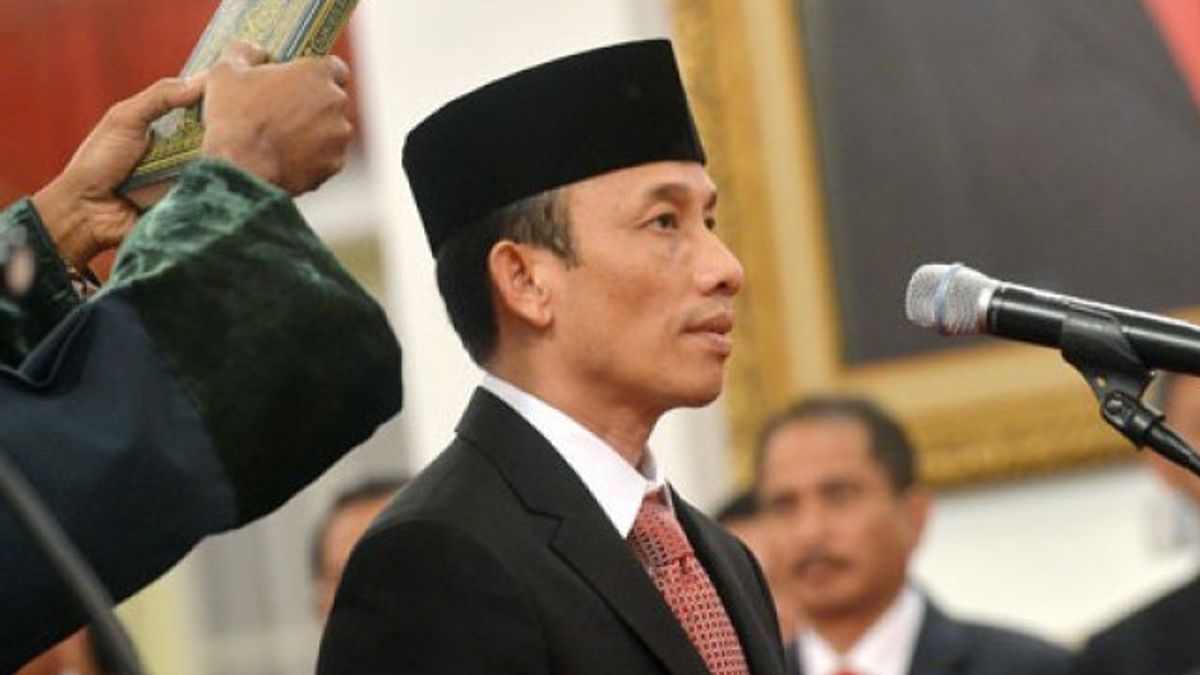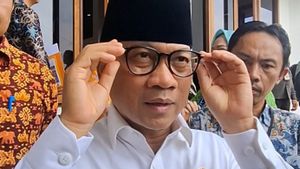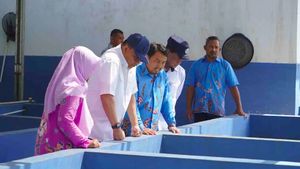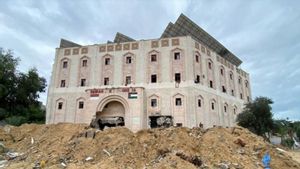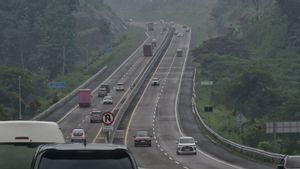JAKARTA - Former Minister of Energy and Mineral Resources (ESDM) Arcandra Tahar tried to explain about the rise of world oil and gas (oil and gas) business players who changed the business scheme from a cost recovery system to a gross split.
According to him, this phenomenon cannot be separated from the pressure from investors who want oil and gas contractors to play a more active role in reducing carbon emissions. As a result, many countries that have oil and gas reserves are competing to improve themselves in order to remain ogled by oil and gas investors.
“One way to do this is to change the profit-sharing system between oil and gas contractors and the state with a simpler, faster and fairer fiscal model. The hope is that contractors' trust in the state through this new fiscal model can be better established and business risks can be shared more equitably between the state and contractors," he said on his personal Instagram account @arcandra.tahar as quoted on Thursday, August 19.
Arcandra added that the gross split profit-sharing system is a substitute for the cost recovery system that has been in use since the 1970s.
For example, Petronas Malaysia began offering a gross split system in early 2021 for Small Field Assets (SFA). Previously, Petronas used a cost recovery system for assets like this. Russia plans to use a gross split system for their offshore fields.
Apart from Malaysia and Russia, Nigeria as one of the oil-rich countries on the African continent even reformed their oil and gas law by changing the cost recovery system to a gross split (tax and royalty) on August 16, 2021.
“While Indonesia has introduced a gross split system since December 2016, it is one step ahead of Malaysia and Nigeria. The Rokan Block, which is now managed by Pertamina, also uses a gross split," he said.
Furthermore, Arcandra gave an example if the production is 100 barrels (bbl) and the production cost is 80 bbl, then the remaining 20 bbl is divided between the state and the contractor. If the profit sharing between the state and the contractor is 85 percent and 15 percent, the state will get 17 bbl and the contractor 3 bbl. But overall, the contractor actually got 83 bbl (80+3).
The weakness of this cost recovery system is that the production cost increases to 90 bbl. The remaining production that can be divided is only 10 bbl. This means that the state only gets 8.5 bbl and contractors get 91.5 bbl.
"The higher the production costs incurred by the contractor, the less the state will get its share," he said.
In contrast to cost recovery, the gross split system divides the country's share of gross production. For example, if the production is 100 bbl, the state's share (split or royalty) is 15 bbl, the amount of which is set at the beginning, depending on the characteristics of the oil and gas block, not depending on the cost of production. The contractor will get 85 bbl which includes production costs.
“If the contractor tries to be more efficient, this cost reduction belongs to the contractor. On the other hand, if the contractor is not efficient, they themselves will suffer the consequences. This means that the contractor's inefficiency does not affect the state's share," he explained.
In a simple analogy between the sharecropper and the owner of the fields, the cost recovery system includes the costs of fertilizers, pesticides, irrigation, seeds and pre-harvest care paid for by the sharecroppers. During harvest, all costs are paid by the owner of the field through the production of grain.
“For example, harvesting with 100 sacks, the production cost is 80 sacks, then the remaining 20 sacks are divided between cultivators and rice field owners. If the smallholder asks for a higher fee, the owner will get a smaller share. What if the cultivator charges up to 95 sacks for various reasons? The owners of the fields can only bite their fingers, they cannot enjoy the appropriate harvest," he said.
Meanwhile, by using the gross split system, the rice field owners are guaranteed to get their share. For example 15 sacks of 100 sacks of grain produced. Cultivators will get 85 sacks. If the sharecroppers are willing to work hard so that production costs can be reduced, then this efficiency will be enjoyed by the cultivators.
“Profit sharing for rice field owners does not depend on the working methods and technology used by the cultivators. Ignorance of rice field owners about how to cultivate good crops is not an obstacle in running an agricultural business. For the cultivators, this is an convenience because they don't have to explain to the owner why the production costs are so, there will be a lot of debate," he added.
So what if the price of grain suddenly drops? It could be that 100 sacks of harvest are not able to cover the cost of production.
“Through the gross split system, the share of the rice field owners will be reduced so that the cultivators' losses can be helped. On the other hand, if the price of grain is high, the owner's share can be larger. This is one way to make the contract between the cultivator and the owner more fair,” he said.
Meanwhile, in the oil and gas industry, the cultivators are oil companies such as Pertamina, Medco, Chevron, ExxonMobil, Shell etc. Meanwhile, the owner of the rice fields is the state or the owner of the oil and gas block.
The English, Chinese, Japanese, Arabic, and French versions are automatically generated by the AI. So there may still be inaccuracies in translating, please always see Indonesian as our main language. (system supported by DigitalSiber.id)
